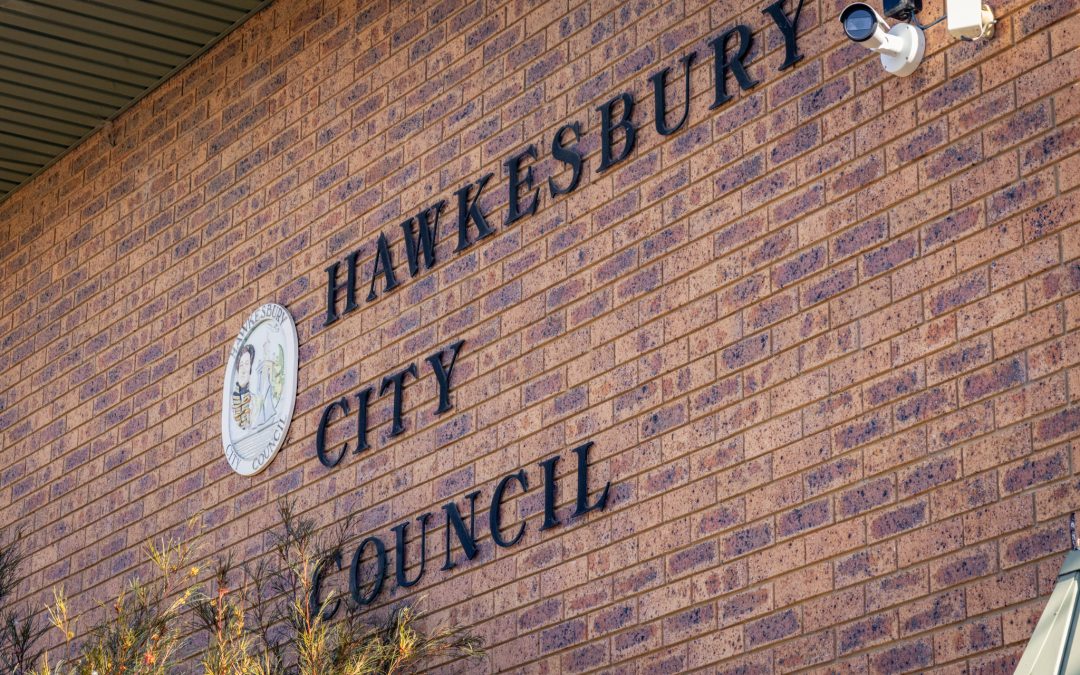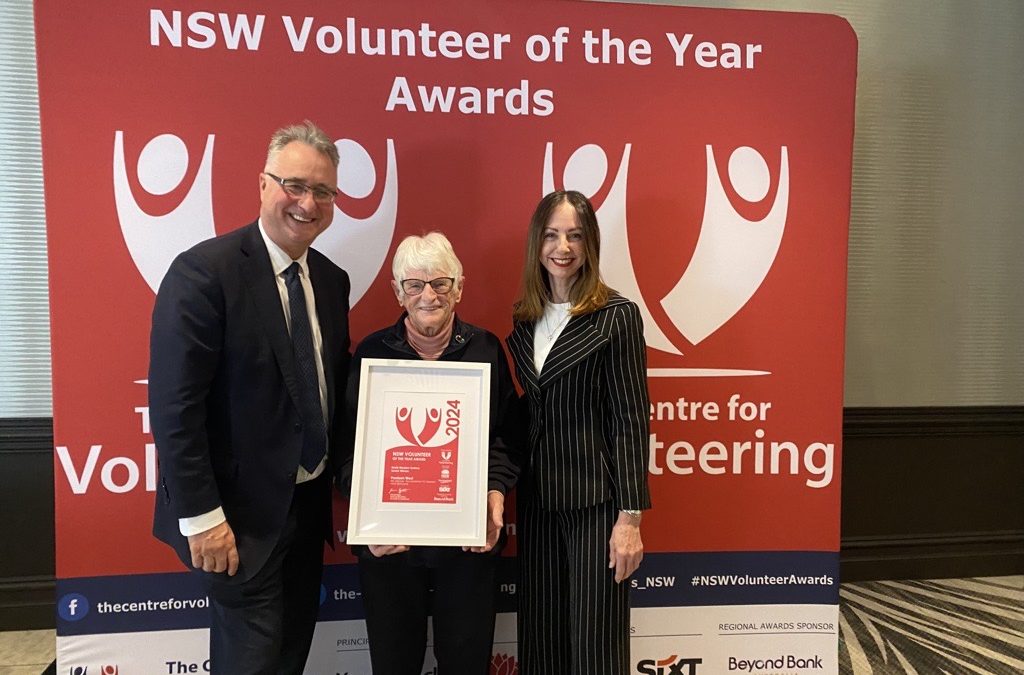Hawkesbury Post contacted all...


Hawkesbury Post contacted all...

In a heartwarming recognition of community...

After more than two decades of dedicated service, the...
A controversial housing development at 150 Hermitage Road, Kurrajong, threatens to devastate a pristine koala and wildlife habitat just 150 metres away, sparking outrage among local residents and environmental groups. The project could destroy one of the region’s most significant wildlife corridors, endangering koalas and other vulnerable species dependent on this critical ecosystem.
The development was approved by Hawkesbury City Council (HCC) in 2010 but has been dormant until now. Despite changes to environmental regulations and planning laws, it is allowed to proceed under the historical Development Application (DA) conditions, referred to as “Zombie DAs.”
The property, previously an old farm, is set to be divided into eight residential blocks, according to its DA. While the central portion was historically used for grazing, the fringes are pristine habitats for koalas and other native wildlife. Eric Finlay, a resident adjacent to the property since 1999, has meticulously recorded over 130 koala sightings in the area since 2009.
“We had none in our first ten years of living here,” Finlay says. “Since 2009, we’ve had over 130 records. It’s remarkable.” Finlay attributes the increase in koala activity to the recovery of the koala population following past bushfires and natural habitat regeneration. The existing creek bordering the property, part of the Western Sydney dry rainforest, is vital for koalas and home to other endangered species, such as glossy black cockatoos and powerful owls. The potential widening of roads, particularly Peach Tree Hill Road, raises additional concerns about increased roadkill incidents.
“The entire fringes of the development property are prime koala habitat,” Finlay explains. “Koalas move through this area constantly, and many of my recordings are from within 30 or 40 metres of the property being developed. I have kept details of every koala visual or audio record on and around our property, which shares a long boundary with 150 Hermitage Road. This totals over 120 records of koalas. Many of the audio records were from koalas calling in 150 Hermitage Road, as the wildlife corridor of Blue Gum Creek is just below our house.”
The property is bound by major wildlife corridors of Blue Gum Creek and Little Island Creek, home to sensitive and endangered vegetation types, including Western Sydney Dry Rainforest and Shale-Sandstone Transition Forest. Blue Gum Creek, adjacent to the current earthmoving activities on the property, was recently included in a local platypus distribution project, with eDNA testing indicating the presence of platypus in the creek. Hermitage Road and the currently unnamed road leading into 150 Hermitage Road are major wildlife crossing zones for koalas, swamp wallabies, and wombats.
“Roadkill is a major concern,” Finlay states. “Koalas and other wildlife have been killed on Hermitage Road, a major crossing point. The development would exacerbate this problem by increasing traffic and potentially adding new roads that cut through vital corridors.”
Hawkesbury City Council (HCC) approved the Development Application (DA) in July 2010 for the eight-lot residential subdivision. While the DA would normally have expired, the construction of a bridge in 2014 has led the Council to consider it as a “substantial commencement.” This means the development can proceed as per the 2010 approval. An increasing number of these developments, known as “Zombie DAs,” are popping up throughout NSW. Although technically legal, many don’t comply with modern-day environmental or cultural impact surveys, which consider a more developed understanding of how native wildlife move, eat, and exist.
In the past decade, the site has become known as a continuous koala habitat – perhaps one of the most important in Hawkesbury. But it’s not just koalas at risk. Finlay has maintained records of all bird species observed on and around his property since the early 2000s, with all observations since 2013 publicly listed on eBird, a globally popular citizen science site. He said over 170 species have been recorded on-site, all between 0 and about 500 meters from the boundary with 150 Hermitage Road. These include multiple records of several State-and Federal-listed vulnerable, threatened, and endangered species. Swift Parrot and Regent Honeyeater, both with global populations estimated at just a few hundred birds, have been recorded on the site. Other significant species include Gang-gang and Glossy-black Cockatoo, Masked, Powerful, Barking and Sooty Owls, and Square-tailed Kite.
Wildlife experts told the Hawkesbury Post that the development poses multiple threats to wildlife, including dramatically increased human activity, degradation of wildlife corridor habitats, further reduction in food trees, potential drainage issues affecting the two creeks, massively increased vehicle movements, general human disturbance, movement restrictions, and attacks by dogs and cats. They say the original DA should never have been granted, and the development should be stopped.
“The issue with these ‘zombie DAs’ is that they can lay dormant for years,” Hawkesbury Councillor Danielle Wheeler explained. “This delays the application of current environmental standards, allowing developers to exploit outdated approvals.” Wheeler stressed that despite recent evidence of koalas in the area, the original DA’s environmental assessment in 2008 reported no sightings, a fact now disputed by community observations and photographs. “If this application were to come before us today, we would likely reject it outright due to its impact on koalas,” Wheeler asserted. “However, outdated assessments and legal loopholes prevent us from acting decisively.”
An email sent to a resident by HCC last week and sighted by the Hawkesbury Post stated that the Council has no power to stop the development as it has complied with the DA. However, it would seek advice about updated conservation laws. “Whilst Council is limited in its ability to call in consents and insist on compliance with current day planning laws, Council is seeking further advice as to whether the development application would now be subject to the operation of the Environment Protection and Biodiversity Conservation Act 1999 (EPBC Act) from the NSW Minister for the Environment,” HCC Director of Planning, Megan Ang wrote.
Finlay argues that new developments must consider the latest environmental data, stressing that what might have been acceptable in 2010 is no longer appropriate given the current understanding of koala habitat needs. “We now know a lot more than we did back then. Preserving their habitat means more than just not cutting down trees; it involves maintaining a quiet, pollution-free environment.”
Last year, Greens MP and planning spokeswoman Cate Faehrmann released a report identifying 20 examples of such zombie developments. She said more than 750 hectares, primarily comprised of threatened species habitat, were set to be “bulldozed on the back of zombie DAs that have not seen modern-day environmental or cultural impact surveys.”
“It’s outrageous that these decades-old approvals, that would never pass modern environmental or cultural heritage impact assessments, are being allowed to go ahead,” she said. “Community expectations in 2022 around the protection of the environment are very different from what they were in 1980.”